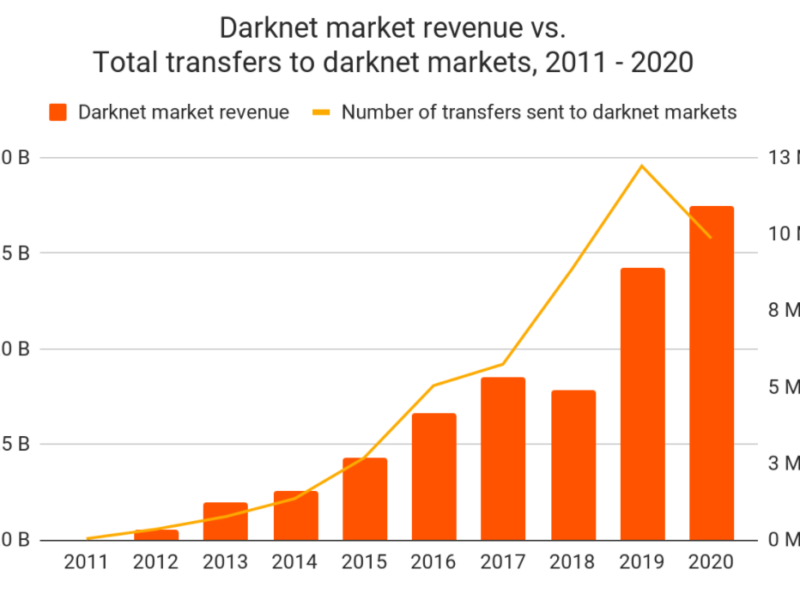In this article I will discuss the proper aws accounts buy when using the double entry accounting process. In accounting we generally record transactions involving two parties. We have transactions with external parties such as customers, creditors, or financial institutions. In addition to external parties we also have internal transactions. These transactions involve exchanges between divisions within a company or payments to employees.
You first begin the accounting process by analyzing the source documents. For example, let’s say you are on a business trip and you purchase food or pay for a hotel. When you make the purchase you receive a receipt. If you want the company to reimburse you for the meal and hotel expense you must present evidence of your expenditure. This evidence takes the form of the source document, which is your receipt. After identifying a business transaction, we record it in a journal in chronological order by date of occurrence. At the end of the accounting period, usually at the end of a month, the transactions in a journal are posted to a ledger account. This is a systematic process of transferring information from the journal to the ledger. The ledger groups transactions by the accounts impacted. For example, all transactions that result in an increase or decrease in the cash account will be posted to the cash ledger account. Finally, after all transactions have been posted, then we prepare a trial balance. The purpose for the trial balance is to make sure that all information is transferred correctly and is correct.
We all know the following basic accounting equation is assets = liability + equity. If we look at the expanded accounting equation equity is broken down into four parts; common stock, less dividends, plus revenues, and less expenses. We should also be familiar with T-accounts which are used to represent a general ledger account. The left side of the T-account is called the debit side and the right side of the T-account is called the credit side.
Let us now establish the mathematics of the double entry system. Equity and liability accounts have the opposite sign of asset accounts. This is because liability accounts were moved to the left side of the equation, the equation would read assets – liabilities = equity. Therefore, a debit to an asset account will increase the account while a credit decreases the asset account. The remaining math is easy because liability and equity accounts have the opposite sign of asset accounts therefore, a debit to a liability or equity means a decrease and a credit means an increase.
In the expanded accounting formula equity is common stock, less dividends, plus revenues, and less expenses. Revenues increase equity so it should be recorded like a common stock account. A credit is an increase in revenues and a debit is an increase in expenses. Hence, common stock and revenue accounts are both increased with a credit and decreased with a debit. Since expense and dividend accounts have opposite signs, they are increased with a debit and decreased with a credit.


